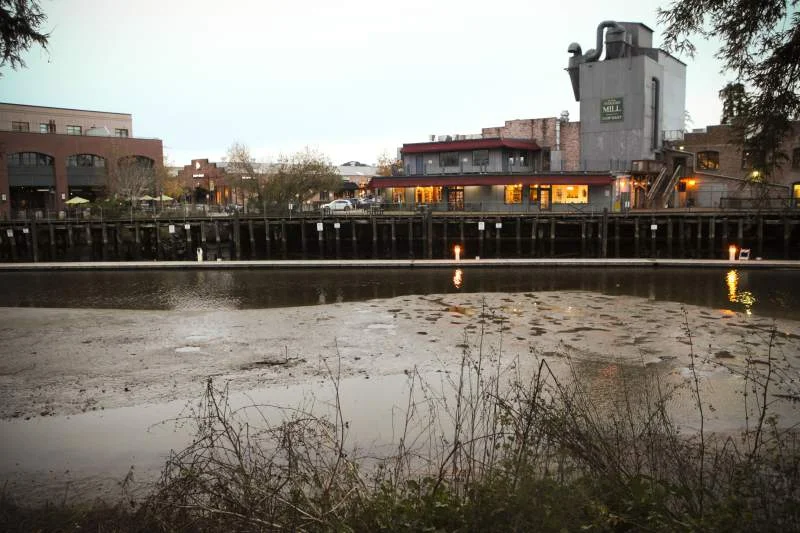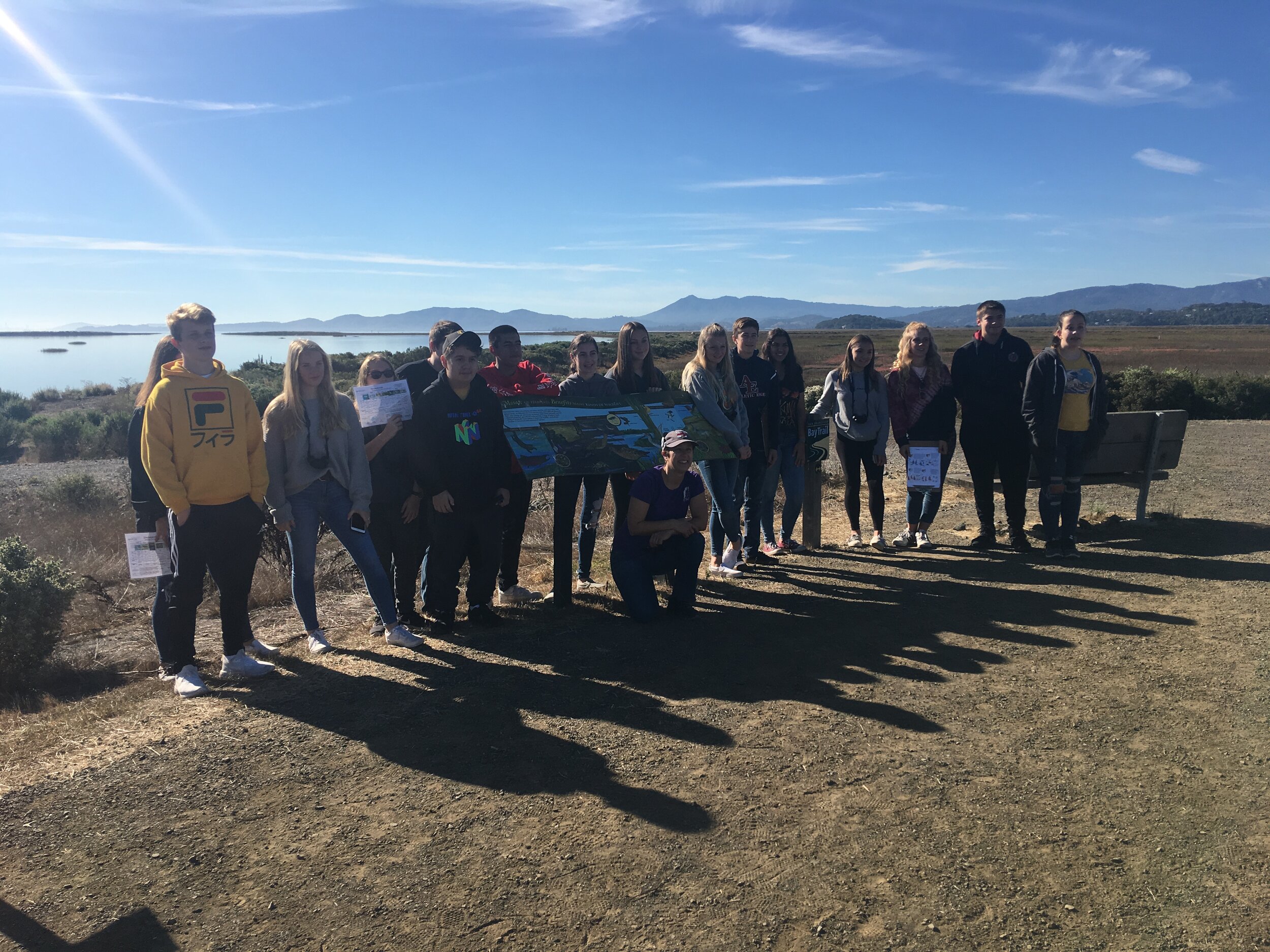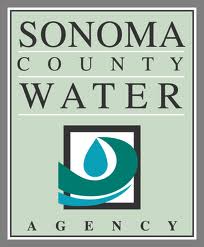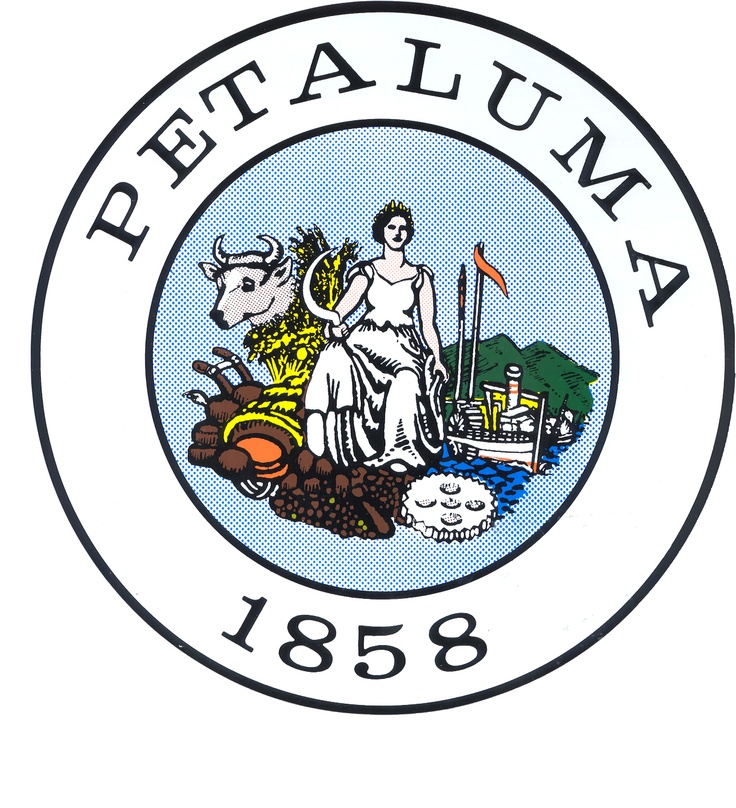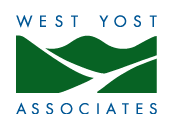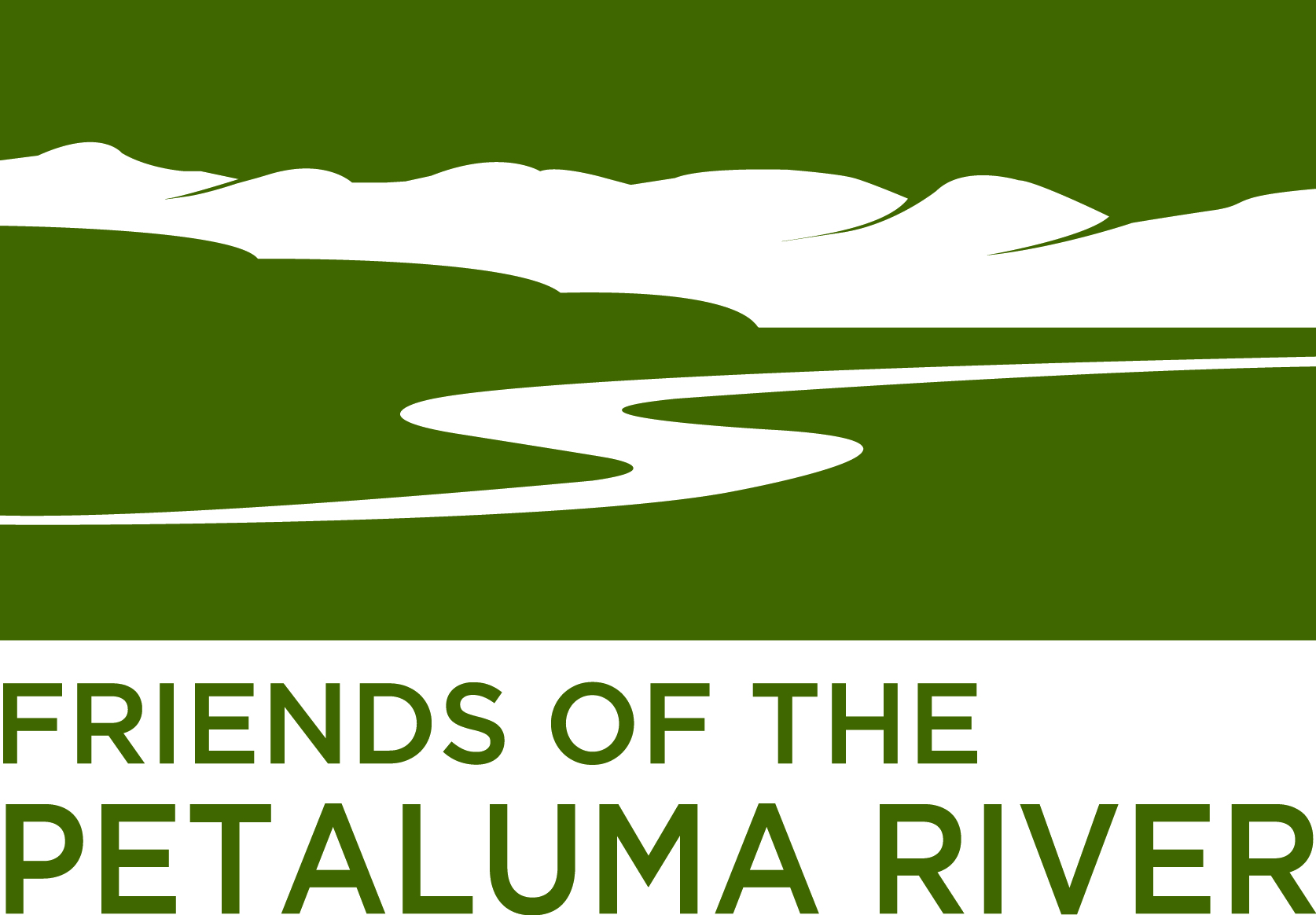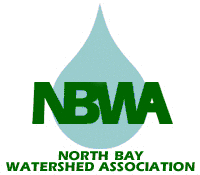WC Educators: Restoring Relationships with Nature
/What is a watershed, why is it important, and how can we better understand our place in it?
These questions drive the Watershed Classroom, our teachers, and our students. As technology and media continue to be paramount in our lives, the understanding of our interconnectedness is often overlooked or forgotten. When our community once bartered eggs for goods, harvested food from local gardens and farms, our relationship to our local environment was very clear. But when we begin buying food from stores and online, staying inside to enjoy media rather than parks, the relationships within the community and environment become more vague. Vague relationships are easy to forget. Petaluma educators have the weighty task of reintroducing students to their surroundings, to our unique and historical watershed.
Watershed Classroom teachers bring students out of the classroom and show them the richness around them.
Read More